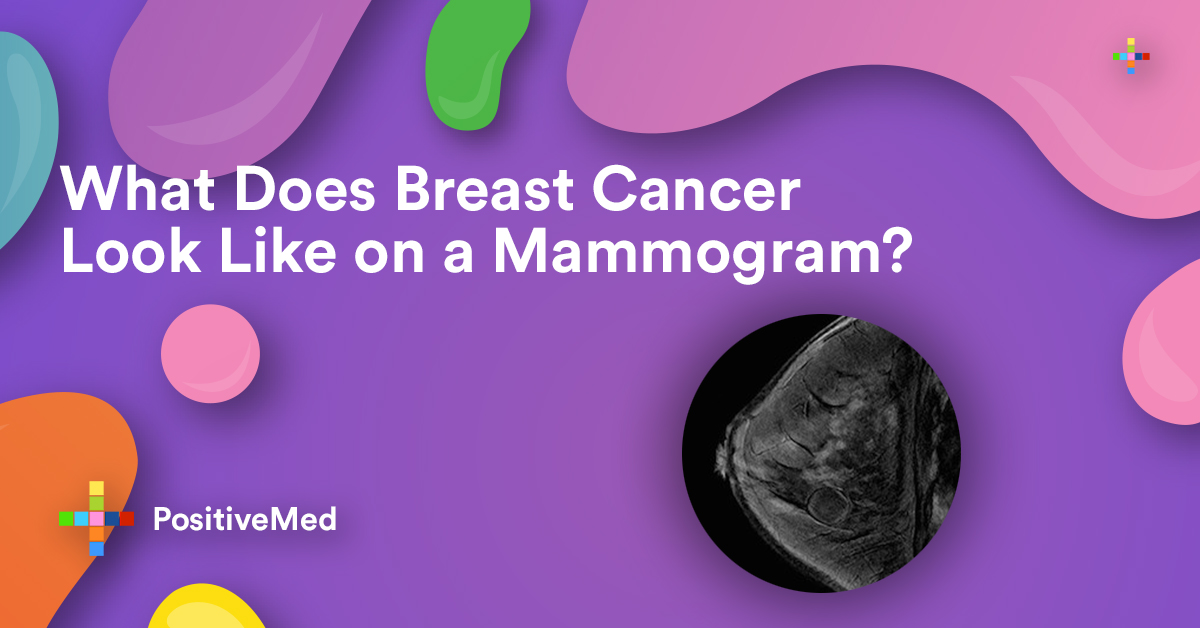A mammogram is a type of X-ray of the breast. Screening mammograms may be ordered as a routine check to reveal the early signs of breast cancer. The routine screenings are used to set a baseline of what is normal. They are also a tool for early diagnosis before one show symptoms of the breast cancer.

There are two ways of making a mammogram. Digital mammography makes digital images, while film-screen mammography makes photographic film. The two techniques use the same process to take the images.
The person to have the mammogram places the breast in between two clear plates, which then squeeze it between them to keep it in place. This ensures that the breast is flattened for a clear image and stops the blurring. The picture is taken from two angles. A radiologist examines the mammogram for anything strange that can be a sign of cancer. The whole test takes about 20 minutes. You may experience discomfort or slight pain.
The Look of a Normal Mammogram
A normal mammogram will normally be mostly gray and some white parts that show a healthy dense tissue. When the mammogram is more white, it is not an indication of a health problem. Mammogram images will vary from one person to another since everyone’s breasts are different. Even the healthy mammograms may vary in appearance.
The Look of Breast Cancer on a Mammogram
A tumor or lump will appear as a focused white area on the mammogram. Tumors may be benign or cancerous. A tumor that is benign, it is not a health problem and it may not grow or change shape. In many cases, the breast tumors are non-cancerous.
The small white checks are normally harmless. The radiologist checks the pattern and shape since they may be a sign of cancer.
Cancerous Tumor

Breast cyst

Dense and Fatty Breast Tissue

Normal Breast Tissue Cancerous Tumor

Other Abnormalities
Radiologists always look for any unusual thing on a mammogram, just the same way they check for tumors and dense breast tissue.
Other abnormalities that may be found are:
Cysts: These are fluid-filled sacs small in size. Mostly, they are simple cysts with a thin wall and are not cancerous. When found to be a simple cyst, further tests are done to confirm that it is not cancerous.
Calcifications: These are deposits of calcium. Big deposits of calcium are known as macrocalcifications and they happen as a result of aging. Depending on the size of macrocalcifications, a doctor may do further tests for possible signs of cancer.
Fibroadenomas: These are breast benign tumors. They are usually round and feel like a marble. Those people in their 20s and 30s are at a higher risk of developing fibroadenoma. Scar tissue. They usually appear white on a mammogram. If you experience any scarring on your breast, make a doctor aware beforehand.
Mammograms also give you information about your breast density. Those with dense breasts are at a slightly higher risk of having breast cancer. Dense breasts make it difficult to find abnormalities on a mammogram.

Mammograms are possible even when one had breast implant or surgery. However, it is important to have more images of each breast, and may take long to check the images.
A radiologist usually compares a mammogram against the previous images. This may help to reveal any changes and come up with a conclusion whether the strange area can be a sign of cancer.
When To See Your Doctor
You should examine your breasts more often and see a doctor in case they have any concerns. You are more likely to notice any changes in your breasts since you know how they look and feel.
According to the American Cancer Society (ACS) here are the recommendations of the number of mammograms that women are supposed to have at each age:
• Aged between 40 and 44. It is their choice to have a mammogram annually.
• Aged between 45 and 54. Should go for a mammogram every year.
• Aged 55 and above. Can have a mammogram for every 2 years.
For women with a family history of breast cancer, a doctor may do mammogram on them before they reach the age of 40.
A mammogram that is done to detect breast cancer in early stages is known as screening. If one notes a symptom or sign of breast cancer, they may go for a mammogram to confirm it. This is referred to as diagnostic mammogram.
Takeaway
Mammograms are the best technique available to detect breast cancer or monitor the response of breast cancer to treatment. However, a mammogram is not perfect and it is difficult to detect abnormalities in a person with dense breasts. A mammogram looks different for every individual and there is no abnormal or standard normal image. Parts that appear white on a mammogram require follow-up tests but are not usually the result of breast cancer.
Edited by: Jessa (Feb. 15, 2019)






